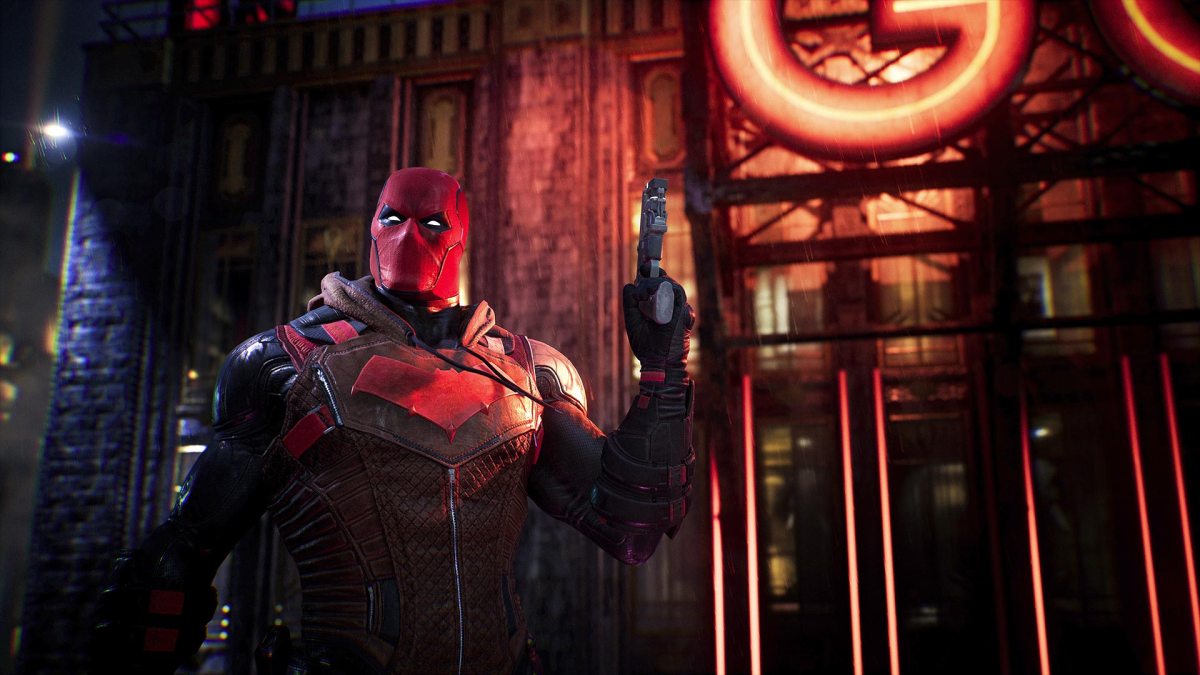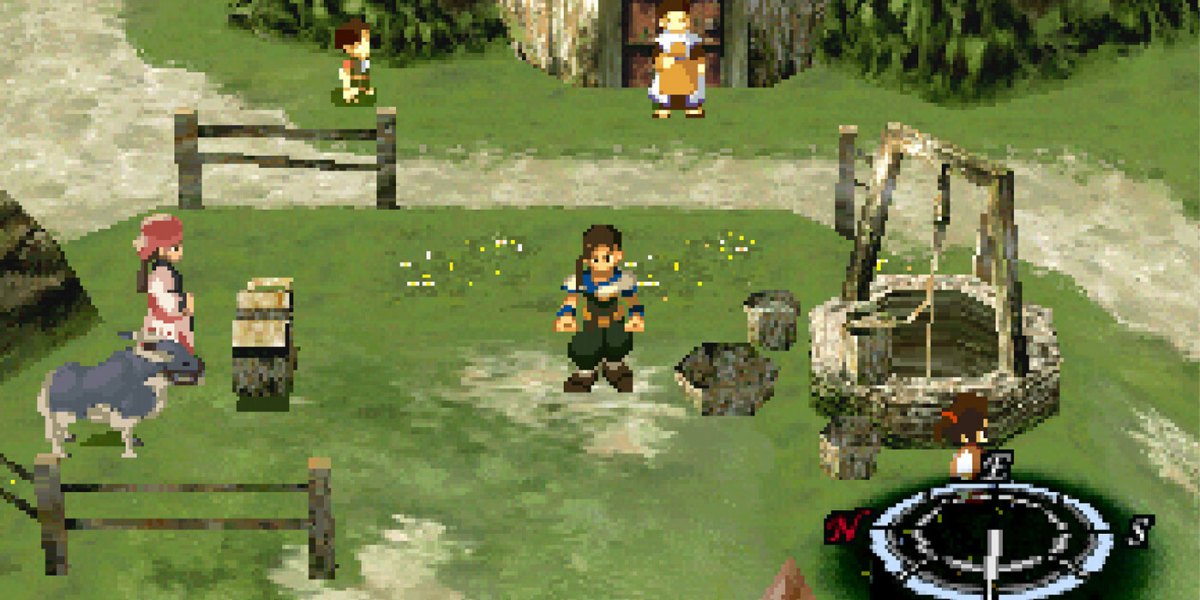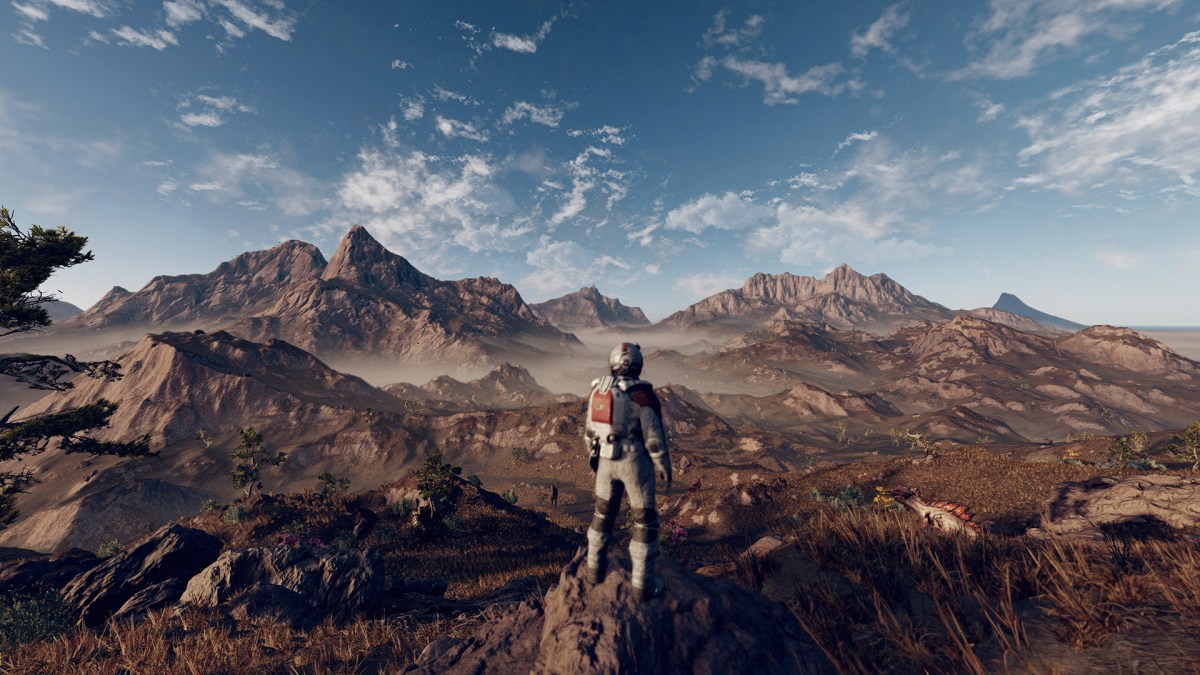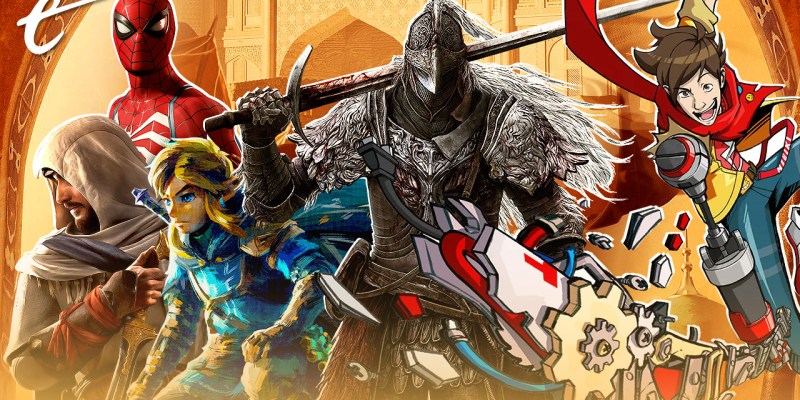Stop me if you’ve heard this one – a hot new game comes out of nowhere and suddenly becomes a massive hit. It has an idea, theme, or hook that resonates with a wide audience, and we then have to spend the next several years watching countless developers and publishers try to recapture that lightning in a bottle, until things eventually hit a saturation point and they realize that people aren’t interested in that idea, but are now all in on this new hot game. The cycle repeats, and it sometimes feels like we’re doomed to live in a world where the biggest AAA game developers on the planet are chasing trends instead of making them.
And I know I’m not the only one who feels that way, because after Ubisoft announced yet another slate of game cancellations, delays, and cost-cutting measures, an employee at the gaming giant asked the question, “It appears that management is out of touch with games saying that we need to adapt to an evolving industry. Why are we chasing trends instead of setting them?” An excellent question, indeed.
It goes without saying, but Ubisoft isn’t the only company guilty of this. We’re barely into 2023, and we’ve already seen massive layoffs at Xbox and a complete restructuring of Halo Infinite, the closure of live-service games like Rumbleverse, and EA shutting down the mobile versions of both Apex Legends and Battlefield. All of these at least partially feel like a response to companies with massive coffers (Microsoft, Epic, EA) trying to chase trends instead of setting them.

Over the past few years, it’s felt like a new battle royale or live-service game of some sort has been announced every few weeks, and with it, news of a closure has hit just as often. While it’s clear that this is just the latest trend dejour that developers and publishers have been chasing, it’s certainly not the first time we’ve seen this. There were certain points in the past 20 years where 3D platformers, rhythm games, and hero shooters dominated the market, only to eventually become oversaturated and phase away. And yes, we’ve seen them return in some forms, oftentimes in the indie space, but like in fashion, it’s clear that gaming trends flow in and out of style.
It’s no secret that video games take a long, long time to make, especially in the AAA space. So if a new game or genre ends up becoming a hit and you decide to try to capitalize on it, chances are the wave will have passed by long before the time your game is ready. And even if you try to shoehorn that hot new idea into something that’s already midway through development, the results of that Frankensteining and lack of an identity are usually obvious to everybody. (We’re looking at you, Gotham Knights.)
And it wasn’t always this way. We’re just 25 years removed from 1998, a year that saw the release of so many groundbreaking and genre-defining games, including Half-Life, StarCraft, Metal Gear Solid, Xenogears, Grim Fandango, The Legend of Zelda: Ocarina of Time, Thief, Baldur’s Gate, Banjo-Kazooie, and the North American release of Pokémon Red and Blue. The idea of the AAA space delivering that many trendsetting games in a single year now seems impossible.

It’s funny to think that we live in a world where a game is oftentimes praised just for looking into the past, instead of blindly focusing on whatever’s hot in the moment. So many of us feel nostalgic for simple things, like games with a clearly defined beginning, middle, and end. Games that are fully completed the day of release. Games that feel like a singular vision, as opposed to being a micromanaged struggle between creatives and the people who write the checks.
Even though we’re only one month into 2023, Xbox and Tango have already shown proof of this in the surprise release of Hi-Fi Rush, which came out of left field to unanimous excitement and praise. And I think a lot of that is due to the game feeling like the kind of game we got 20 years ago, albeit with an absolutely gorgeous veneer, and I mean that in the best way.
Looking elsewhere, for all its faults and frustrations, Nintendo is a company that’s always excelled at wandering off the beaten path and forging its own trail… even if sometimes that leads it to a dead end. The evolution of franchises like Mario and Metroid, the expansion into new genres like Kart and Smash, and the fundamental design overhauls in a game like Breath of the Wild have kept us guessing as to what’s next for the past 35 years. And even something like the Wii U that was a massive swing and a miss proved to be a rough sketch of what would eventually be the monumentally successful Switch.

And while AAA is undeniably innovating when it comes to technology, visuals, sound, animation, and accessibility, it feels like gameplay is the one place where we see so many of the same ideas used over and over again. We’ll occasionally get a core idea that feels genuinely fresh and unique, like Watch Dogs: Legion’s ability to make any NPC across London your hero, but oftentimes the rest of the game just isn’t strong enough to support that central mechanic. If I had to name the last big-budget game that truly felt packed to the gills with the most new ideas, it would probably be 2019’s Death Stranding, but even that game can oftentimes be a shaggy mess and was met with a mixed response upon release.
In the AAA space, the rest of 2023 is filled with high-profile sequels and original games very much cut from the same cloth as a developer’s previous hits. It’ll be interesting to see if Tears of the Kingdom will land with the same impact that Breath of the Wild did six years ago. What new ideas and innovations will Marvel’s Spider-Man 2, Final Fantasy XVI, Starfield, Street Fighter 6, Star Wars Jedi: Survivor, and Assassin’s Creed Mirage bring to the table? In a world where that many sequels are at the top of the mountain, is trendsetting even a reasonable thing to expect?
It feels like most of the innovation we see in games today occurs on the indie level, where creators aren’t beholden to the whims of shareholders or CEOs. Just last year, we saw games like Neon White build an entire experience around teaching its players the art of speedrunning, Immortality dug into the history of FMV games to deliver an unforgettable mystery, and Tunic made us remember what it was like living in a time when the physical media that accompanied games was every bit as important as the games themselves.
These are the kinds of innovations I want to see in the AAA space, where studios and publishers have the money and the reach to be able chart new waters at a grand scale. I guess I kind of want things to feel like 1998 again.
